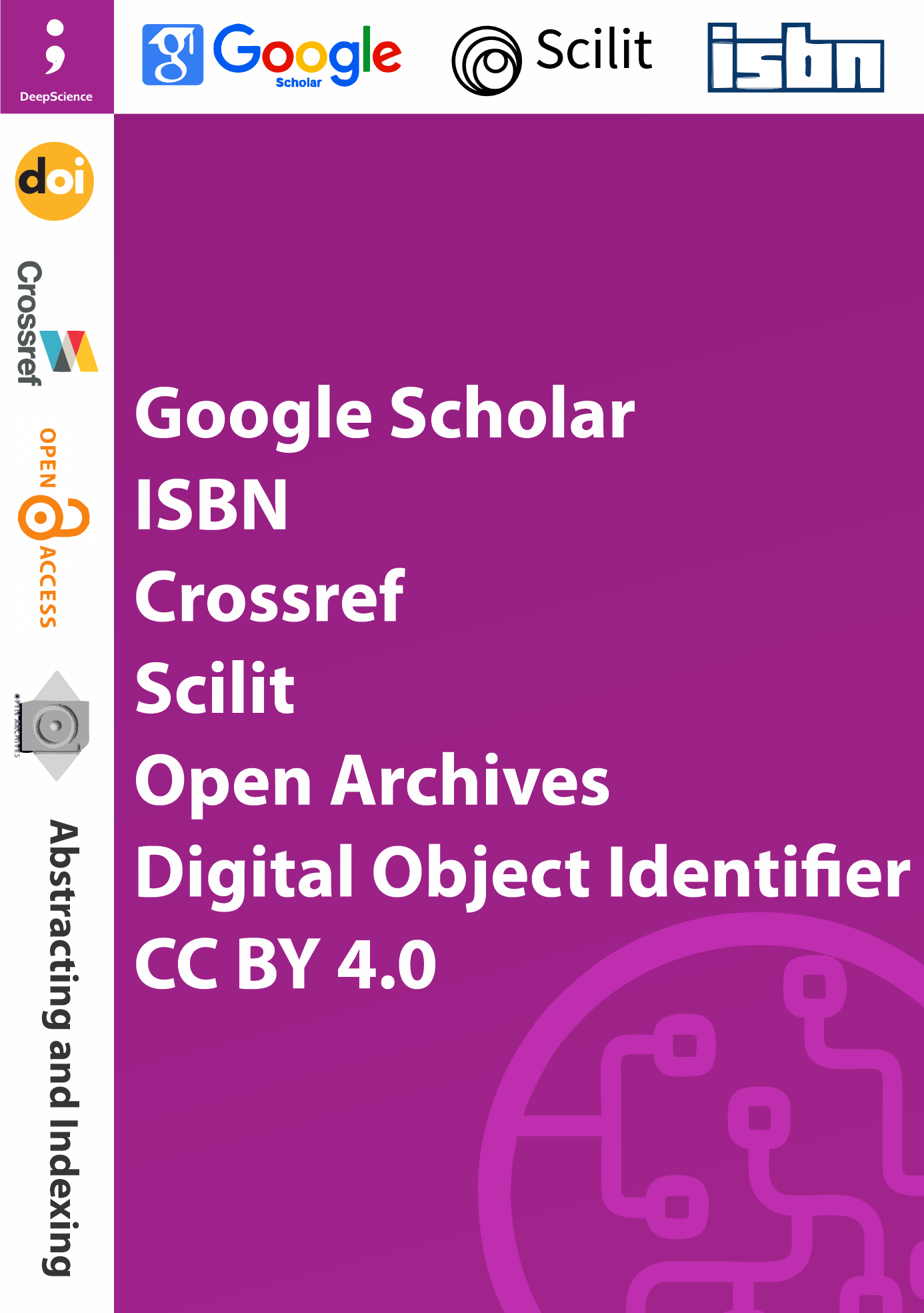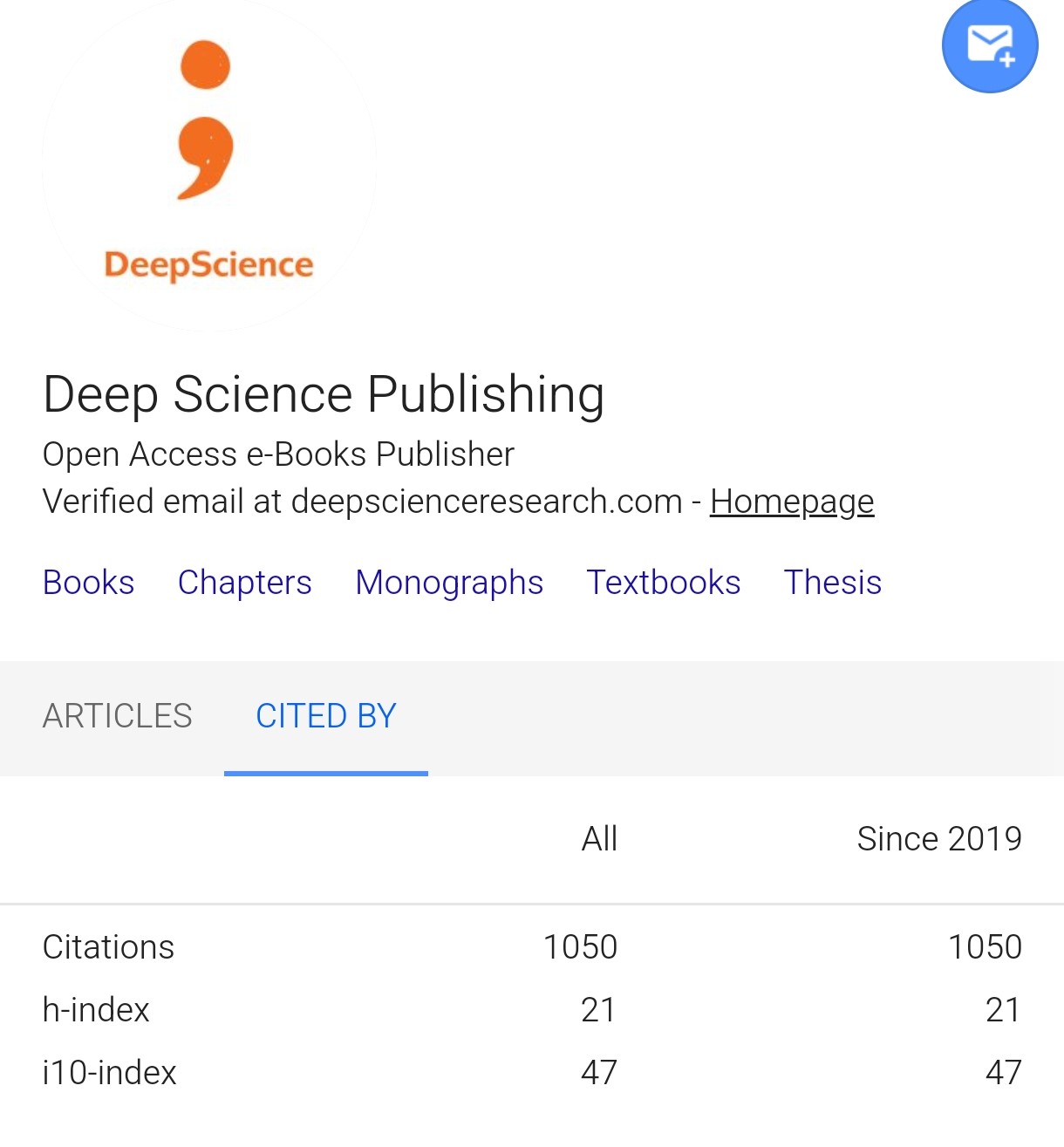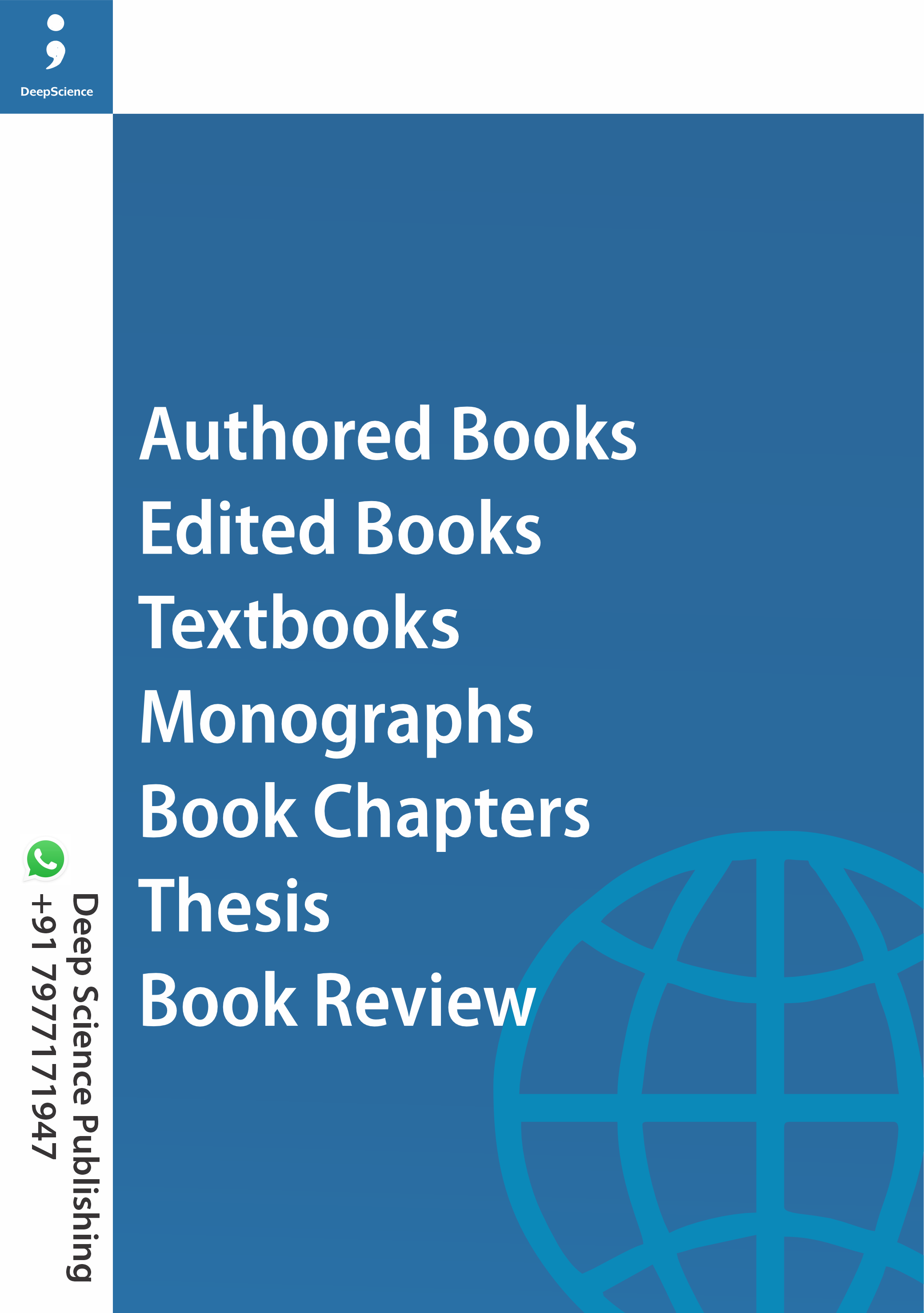Handbook on the Information Technology Act, 2000: Offences, Penalties, and the Impact of New Criminal Laws
Keywords:
Cybercrime, Information Technology Act, 2000, Digital Evidence, Cybersecurity, Electronic Evidence, Data Protection, Cyber LawSynopsis
The relentless march of digital technology has fundamentally reshaped our world, creating a society that is more interconnected and efficient than ever before. This digital revolution, however, has brought with it a new frontier of criminal activity. Cybercrimes, in their myriad forms, now pose a significant and ever-evolving threat to individuals, corporations, and national security. In this landscape, a comprehensive understanding of the legal frameworks designed to combat these offences is not just beneficial—it is essential.
The Information Technology Act, 2000, has been the cornerstone of India's cyber legal jurisprudence for over two decades. It has provided the primary legal scaffolding for addressing a spectrum of digital offences. However, the recent, monumental overhaul of India's criminal justice system, marked by the enactment of the Bharatiya Nyaya Sanhita, the Bharatiya Nagarik Suraksha Sanhita, and the Bharatiya Sakshya Adhiniyam, has ushered in a new era of legal interpretation and application. This legislative shift necessitates a fresh and thorough examination of cyber law and its enforcement.
This "Handbook on the Information Technology Act, 2000" has been conceived to meet this critical need. It is designed to be a comprehensive and accessible resource for a diverse audience, including legal practitioners, judges, law enforcement agencies, corporate professionals, forensic experts, and students of law. Our objective is twofold: first, to provide a detailed, section-by-section analysis of the offences and penalties prescribed under the IT Act, enriched with seminal case studies and judicial precedents. Second, and crucially, to dissect the profound impact of the new criminal laws on the existing provisions of the IT Act, offering clarity on the evolving legal landscape.
We have endeavoured to create more than just a commentary; this handbook is a practical tool. Through real-world examples and in-depth case studies, it bridges the gap between theoretical legal provisions and their practical application in investigations and courtrooms. It navigates the intricate interplay between the specialized provisions of the IT Act and the general principles of the new penal code, offering readers a holistic understanding of cyber offence prosecution in India today.
As we stand at this legal crossroads, it is our sincere hope that this handbook will serve as an indispensable guide, empowering its readers to navigate the complexities of Indian cyber law with confidence and clarity. We trust it will be a valuable companion in our collective effort to ensure a just, safe, and secure digital environment for all.
References
Rahul Kailas Bharati and Dr. Shobha Kamalakar Bawiskar, Cyber Law and Cyber Crime Detection, Namya Press Publication, New Delhi, 2023
Dr. Rahul Kailas Bharati, A Comprehensive Guide to New Criminal Laws, Vinod Publications, 2024.
Apar Gupta, Commentary on the Information Technology Act (LexisNexis).
N.S. Nappinai, Technology Laws Decoded (LexisNexis).
Karnika Seth, Computers, Internet and New Technology Laws: A Comprehensive Reference Work with Special Focus on Developments in India (LexisNexis).
Pavan Duggal, Textbook on Cyber Law (Universal Law Publishing).
Vakul Sharma, Information Technology: Law and Practice (LexisNexis).
Rodney D. Ryder, Guide to Cyber Laws (LexisNexis).
S.R. Bhansali, Commentary on the Information Technology Act, 2000
Gibson, W. (1984) Neuromancer, Ace Books
Kerr, O. S. (2005). Cybercrime’s scope: Interpreting “access” and “authorization” in computer misuse statutes. New York University Law Review, 78(6), 1596–1668
United Nations Commission on International Trade Law (UNCITRAL). (1996). Model Law on Electronic Commerce
Ministry of Electronics and Information Technology (MeitY). (2023). The Information Technology Act, 2000 [PDF]. Government of India.
“Safe Harbour Clause in IT Law,” 2023; Cyril Amarchand Mangaldas, 2022; iPleaders, 2022
The Indian Computer Emergency Response Team [CERT-In], 2025; Vajiram and Ravi, 2025; MyLawRD, 2025
Reserve Bank of India [RBI], 2022; CERT-In, 2023; Singh, 2024
Kumar, 2023; Brookings Institution, 2020; Ministry of Electronics and Information Technology [MeitY], 2024.
Online Legal India, 2025; AsianLaws.org, 2024
National Crime Records Bureau [NCRB], 2024; Europol, 2023; Chainalysis, 2025
Nelson, B., Phillips, A., & Steuart, C. (2020). Guide to computer forensics and investigations (6th ed.). Cengage Learning.
CERT-In. (2017). Advisory on WannaCry ransomware attack [Security Advisory]. Indian Computer Emergency Response Team.
AIIMS Ransomware Cybercrime: A Complete Case Study. (2024, October 26). Data Galaxy.
Orissa High Court. (2024). Order granting bail in cryptocurrency Ponzi scheme case (Criminal Appeal No. 303 of 2024)
Buckels, E. E., Trapnell, P. D., & Paulhus, D. L. (2014). Trolls just want to have fun. Personality and Individual Differences, 67, 97–102.
World Pulse. (2015, January 21). Cyber stalking: A "virtual" crime with real consequences
Women Press Freedom. (2024, November 8). India: Malicious doxing by right-wing trolls’ targets Rana Ayyub, incites harassment.
CrowdStrike. (2025, January 16). Most common AI-powered cyberattacks. CrowdStrike
Indian Computer Emergency Response Team (CERT-In). (2024). Advisory on cloud storage misconfigurations and data leaks
Narcotics Control Bureau. (2025, July 1). Operation MELON busts India’s largest darknet drug syndicate. Government of India.
Information Commissioner’s Office (ICO). (2025, February 6). TalkTalk cyber-attack – how the ICO’s investigation unfolded













